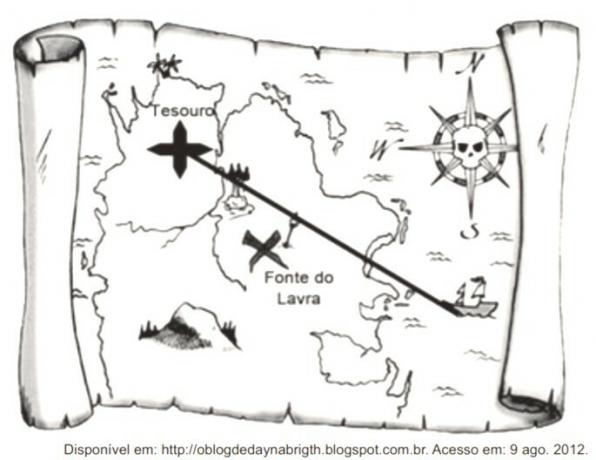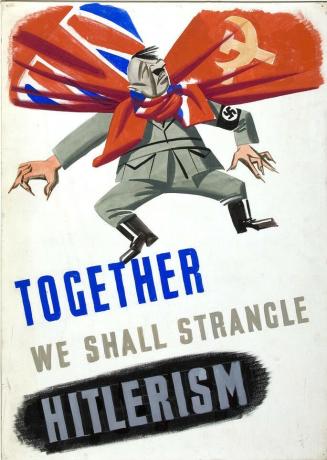The muscular system is made up of a set of muscular tissues. Its main functions are: locomotion, maintenance of posture and heat production.
Train your knowledge on the subject with 10 exercises below.
1) For the Muscular contraction the action of myofibrils is necessary. The interaction between two main types of myofilaments are responsible for triggering the aforementioned process.
These structures are known for:
A) tropoenzyme and calcitonin
B) myosin and tropomyosin
C) actin and myosin
D) actin and coenzyme Q10
Right answer: letter C - myosin and actin.
Actin, the "thinner" myofilament, exerts traction on myosin, the "dense" myofilament. This triggers muscle contraction.
2) The muscle may be in a state of partial contraction, resulting in contraction of some fibers and relaxation of others. This physiological action is responsible for maintaining posture.
Select the alternative that best describes the excerpt above.
A) Muscle tone
B) Concentric phase
C) Peristalsis
D) Eccentric phase
Right answer: letter a - Muscle tone.
It is through muscle tone that the neck supports the head in the known anatomical position. Otherwise, without muscle tone, there could be hyperextension of the muscles, which would take the head backwards.
3) In addition to the agonist and antagonist muscles, there are other muscle groups. One of them is responsible for firming, standardizing movement, preventing unwanted movements and promoting efficient agonist action.
Select the option that contains the muscle group whose function was described above.
A) Fasteners
B) Synergists
C) Mixed
D) Transfer
Right answer: letter B - Synergists.
There are muscle groups with different goals. You agonists contract and the antagonists relax. You synergists assist in the standardization of fine movements and assist in the effective action of the agonists, while the fasteners stabilize the origin of the movement agonists.
4) (UFV -MG) Concerned about good physical shape, those attending a gym discussed some aspects of body muscles. In this discussion, the following statements were made:
I - Skeletal striated muscle tissue constitutes the majority of the musculature of the human body;
II - Smooth muscle tissue is directly responsible for the development of the glutes and thighs;
III - Cardiac striated muscle tissue, as it contracts involuntarily, does not change with the use of anabolic steroids.
Analyzing the statements, it can be stated that:
A) only II and III are correct
B) only II is correct
C) I, II and III are correct
D) only I is correct
Right answer: letter D - only I is correct.
The striated skeletal muscles, of voluntary movement, are the largest portion of the body and are responsible for movements and maintenance of posture.
Smooth muscle makes up muscular regions, such as the esophagus, and its movements are involuntary (peristalsis). Therefore, it has no relationship with the development of the glutes and thighs.
The cardiac striated muscle, even though it contracts involuntarily, can indeed be affected by the use of anabolic steroids. Some cases demonstrated by medical sciences are: increase in size (cardiomegaly), increase in blood pressure (hypertension) and myocardial disorders (left ventricular hypertrophy).
5) For the myofilaments to slide past each other to generate muscle contraction, the myofibrils must have:
A) insulin and glucagon
B) chemical mediators and urea
C) ATP and calcium ions
D) stimulus and hormone
Right answer: letter C - ATP and calcium ions.
In the myosin head, the ATP (adenosine triphosphate) molecule breaks down. ATP releases the energy necessary for myosin to slide on actin, generating muscle contraction. In addition to the energy provided by ATP, calcium ions are extremely important in this process, as they bind to troponin to allow the activation of myosin on actin.
6) Muscle tissue, in total, can represent approximately how many % of the body mass of a healthy individual?
A) Between 30 and 60%
B) Between 40% and 45%
C) Between 20 and 80%
D) Between 40 to 50%
Right answer: letter D - Between 40 to 50%.
Muscle tissue has greater density compared, for example, to adipose tissue. For this reason, it is common to see high-performance athletes with large body mass, but do not appear to be overweight.
7) The units formed by periodically interspersed myofilaments are called sarcomeres. In which region of the sarcomere do actin filaments originate?
A) Z Lines
B) M Lines
C) H band
D) Line I
Right answer: letter a - Z lines.
It is in this specific region of the sarcomere that actins originate, which intercalate with myosins.
8) During contraction, the sarcomeres shorten, a fact that promotes the interaction between actin and myosin as they have common contact points.
This contact promotes the production of a protein complex that forms and disintegrates, according to the aforementioned interaction. What is this dynamic complex called?
A) Tropomyosin
B) Actomyosin
C) Troponin
D) Aginine
Right answer: letter B - Actomyosin.
Actin is only formed when the myosin head hydrolyzes (breaks down) an ATP molecule and binds to actin. At this time, traction lines will be formed so that the actin slides onto the myosin. When this myosin X actin complex forms, it is known as actomyosin.
9) ATP, an essential molecule in muscle contraction, is mainly produced by aerobic respiration. However, if more glucose is needed, it can be extracted from muscle or liver glycogen. What is another source of energy present in muscle cells, besides those already mentioned?
A) Phosphoenolpyruvate
B) Phosphoethanolamine
C) Phosphocreatine
D) Phosphatidylerin
Right answer: letter C - Phosphocreatine.
Phosphocreatine is reserved in muscle cells, when broken down, it releases its energy-rich phosphate, which joins with ADP (adenosine diphosphate) to form ATP. In this way, muscle contraction has several substrates to guarantee the presence of ATP, energy currency, in the system.
10) Muscle fibers differ in structure and function. They may have different colors, due to different levels of myoglobin, varying amounts of organelles, blood vessels, etc.
It is assumed that there are three basic types of muscle fibers: slow (type I), intermediate (type IIa) and fast (IIb).
In general, type I fibers have many mitochondria and type II fibers have few.
Marathon runners and sprinters have, respectively, a higher concentration of which types of muscle fibers?
A) Type II and type I
B) Type IIa and type IIb
C) Type I and type II
D) Type IIb and type IIa
Right answer: letter C - Type I and type II.
A marathon runner has a higher concentration of slow fibers, due to the nature of the practice, which requires an aerobic metabolism, hence the higher concentration of mitochondria. While in sprinters, intermediate and fast fibers are more common, therefore, the metabolic preference will be anaerobic, justifying the low concentration of mitochondria.
Know more:
- Muscular system;
- Muscles of the human body;
- Muscular contraction.
Bibliographic references
UZUNIAN, A.; BIRNER, E. Biology: single volume. 3rd ed. São Paulo: Harbra, 2008.
CASTILHO, Rubens. List of 10 exercises for the muscular system.All Matter, [n.d.]. Available in: https://www.todamateria.com.br/exercicios-sobre-sistema-muscular/. Access at:
See too
- Muscular System
- Exercises on the skeletal system
- Muscles of the Human Body
- Muscular contraction
- Nervous system exercises
- List of 10 exercises for the cardiovascular system
- Skeletal System
- Locomotor System


